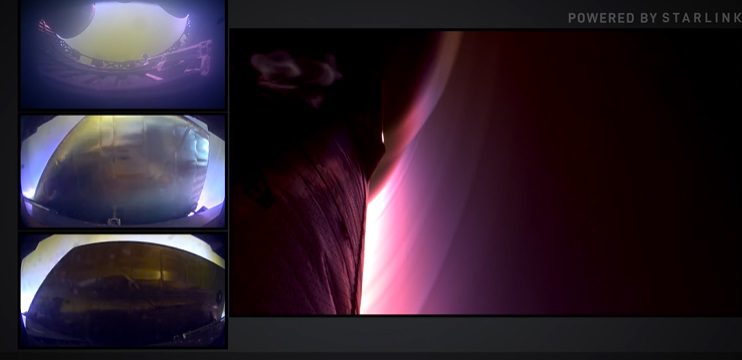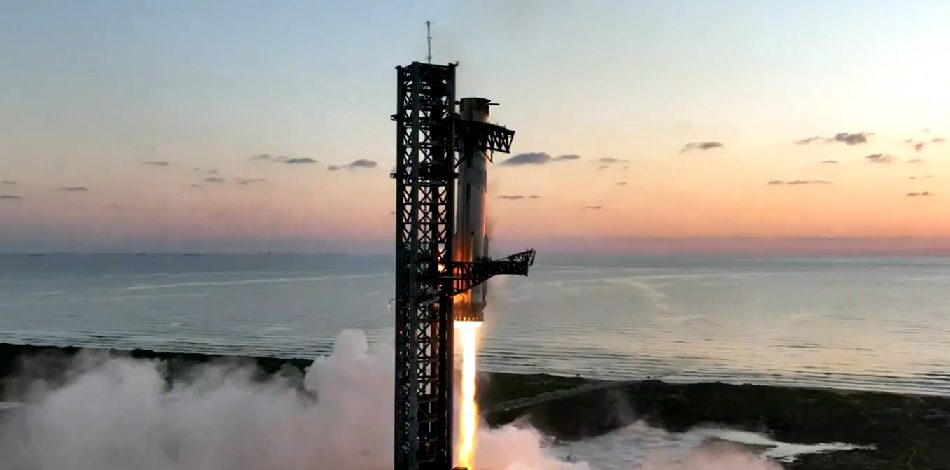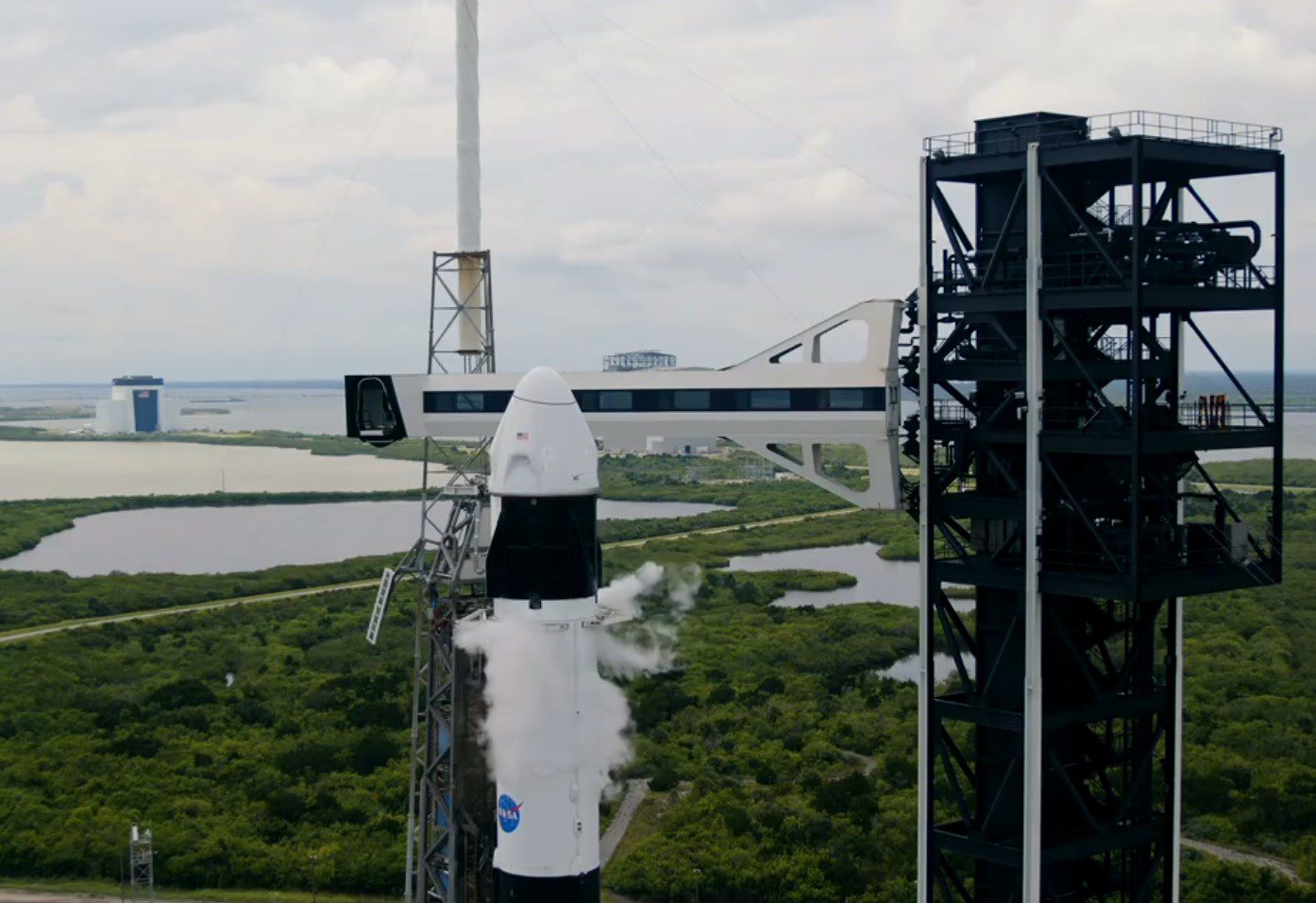Orbital Access Limited (OAL), a UK based launch systems and aerospace services business, has been awarded a GBP£200,000 contract by the European Space Agency (ESA) to design its air-launched Orbital 500R satellite launcher as part of the Agency’s two-stage-to-orbit (TSTO) technology development programme.
The contract covers a four month project to further refine the performance of the launcher and prepare for the next ‘preliminary definition’ stage. It follows the completion of a preliminary feasibility analysis last year in the overall the Future UK Small Payload Launcher (FSPLUK) project, match-funded by the UK Space Agency.
The design, which would cost £500million to develop, is for an air dropped winged launch vehicle able to carry an expendable upper stage. The engine choice has not been announced but the firm is promoting the fact that the vehicle can be a test vehicle for the now resized Reaction Engines SABRE air-breathing rocket engine should they wish to use it. The same configuration could then be used as the first stage of this two-stage vehicle capable of placing payloads of up to 500 kg into low Earth orbit. BAE Systems is closely involved in the project and also has a 20% shareholding in Reaction Engines Limited.
Comment by David Todd: This writer has long argued (with Reaction Engines’ founder and SABRE designer Alan Bond along with his Skylon designing colleague Richard Varvill) that Reaction Engines needed a smaller engine than the originally devised SABRE and a test vehicle to go with it. This the firm is now doing under its current leader Mark Thomas. Reaction Engines now plans for a test vehicle phase for its SABRE engine starting in 2023.
Nevertheless, as a small Reaction Engines’ shareholder, this writer advises them to concentrate on a reusable single-stage-to-orbit test vehicle as a forerunner to the full sized Skylon concept rather than to go with a two stage (plus carrier aircraft) like the Orbital 500R. For, despite the conclusion by the US Air Force Research Laboratory that a two stage to orbit system would be less risky to develop with SABRE, using a single stage would make such a launch vehicle much more economic to run. By the way, the Orbital Access design would be too small to be orbital with a single stage so a different design would probably be needed. However, don’t spend too much time optimising this test vehicle’s performance or payload – just prove that it can get to orbit and return.







